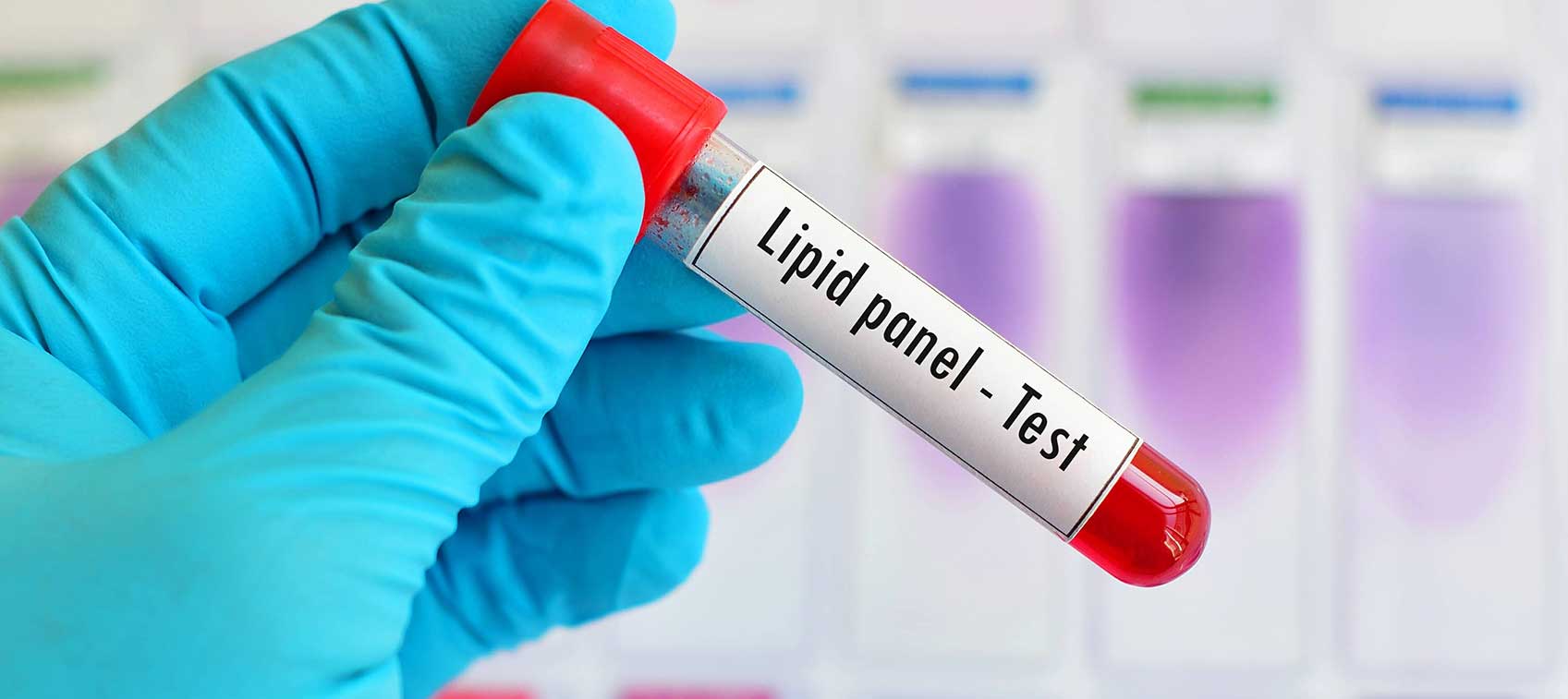
For years, I have been advising my patients and readers to monitor a dangerous, small, dense, highly inflammatory cholesterol particle known as lipoprotein(a), or Lp(a).
An elevated Lp(a) cholesterol level in the bloodstream increases the “stickiness” of blood and contributes dramatically to the formation of clots and the chance of a heart attack or stroke.
In Europe, the European Atherosclerosis Society now urges doctors to check Lp(a) in patients at moderate to high risk of cardiovascular disease. This important cholesterol guideline will hopefully make its way to the United States, where elevated Lp(a) cholesterol is pretty much off the radar screen of doctors.
Do You Have Elevated Lp(a) Cholesterol?
Society says bringing a patient’s elevated Lp(a) cholesterol level under 50 mg/dL should be a treatment priority. Actually, anything over 30 worries me and if it’s over 75 it frightens me!
To me, Lp(a), not LDL, is the real cholesterol story. In my experience, it’s one of the most significant risk factors for coronary artery disease. Elevated Lp(a) cholesterol tends to be genetic, so people with a family history of early arterial disease must check the level.
What’s the takeaway for you? To determine if you have elevated Lp(a) cholesterol levels, ask your physician to test your levels. This is especially important if you have a family history of heart disease.
In 2020, there have been many more elevations of this risk factor in people based on genetic variations that were discovered in genetic profiles in the mid-1990s, so knowing your family history is very important. It makes sense to check the Lp(a) level in anyone who has the probability of developing early coronary artery disease.
Treating Elevated Lp(a) Cholesterol
The best treatment to help with elevated Lp(a) is fish or squid oil (1 or 2 g daily) and either one of two natural clot-busting enzyme supplements, nattokinase (50 mg twice a day) or lumbrokinase, also known as Boluoke (20 mg one to two times daily).
I also recommend niacin, up to 2 grams daily. But it needs to be regular niacin, since nonflush niacin won't work.
When you take niacin, particularly at such high levels, you may experience a hot, tingly sensation—the famous “niacin flush.” The best way to deal with the flush is to start at a very low level (perhaps 100 mg) and then very slowly increase the dosage.
Take it right after a meal to ease the intensity. The flush can last for a half-hour or so after you start taking it, and each time you increase the dosage, but as the body gets accustomed to it (a week or so) the reaction stops.


